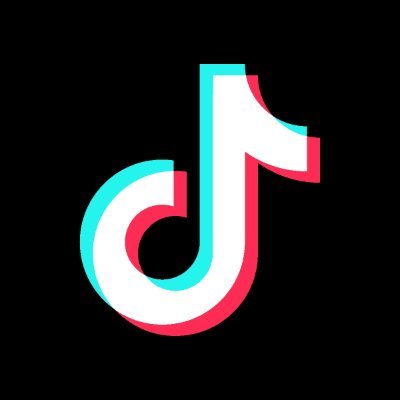
TikTok (ByteDance) Behavioral Interview — Product Designer (Engineering org)
Purpose: Assess alignment with TikTok/ByteDance culture, decision-making under speed and ambiguity, and ability to drive measurable impact while safeguarding user well-being. This round focuses on how you operate, not on visual deliverables. What it covers at TikTok: - Culture/ByteStyle alignment: ownership, humility, open collaboration, growth mindset, and bias for action in a high-velocity environment. - Designing at global scale: working across Beijing/Singapore/US time zones, navigating language/cultural nuances, and collaborating asynchronously with PM, Eng, Data Science, Trust & Safety, Legal, and Policy. - Safety-first thinking: balancing engagement with user well-being; handling sensitive content, integrity, privacy, and regional policy requirements. - Data-driven product craft: forming hypotheses, defining north-star and guardrail metrics (e.g., retention, creation rate, watch-through, report rate), running/reading A/B tests, and iterating based on insights. - 0→1 and 1→n execution: structuring ambiguous problems, rapid prototyping, prioritization, and trade-offs between speed and design quality. - Stakeholder management: earning trust, pushing back with rationale, aligning on goals, and navigating late feedback or shifting priorities. - Reflection and resilience: learning from failures, postmortems, and raising the quality bar on subsequent iterations. Interview style and expectations (based on real candidate experiences): - Deep dives with multiple follow-ups (“why,” “what else,” “how did you measure that?”). Expect to quantify outcomes, name metrics, and describe your exact contribution. - Scenario add-ons after each story (e.g., how you’d adapt for a different market or when safety metrics conflict with engagement). - Emphasis on clarity and brevity: STAR is welcome, but interviewers will probe to the root cause and decision rationale. Typical focus prompts you may encounter: - Tell me about a time you shipped a feature quickly—how did you manage risk and quality? What metrics moved? - Describe a situation where a design choice improved creator experience but raised safety or policy concerns. How did you resolve it? - Share a cross-border collaboration story with conflicting priorities. How did you build consensus and keep velocity? - Walk through an A/B test where results contradicted your hypothesis. What changed in your design or rollout plan? - Example of pushing back on a stakeholder request that wasn’t user-aligned. What was the outcome and impact? Evaluation signals and weighting: - Ownership and impact (drives outcomes, clear problem framing, measurable results): high weight. - Data-informed judgment (hypotheses, metrics, experiment literacy): high weight. - Safety/Integrity mindset (proactive risk identification, responsible design decisions): medium-high weight. - Cross-cultural collaboration and communication (clarity, empathy, async effectiveness): medium weight. - Speed vs. craft trade-offs (iterate fast without eroding standards; uses design systems/accessibility): medium weight. - Self-awareness and learning (postmortems, leveling-up processes/teams): medium weight.
60 minutes
Practice with our AI-powered interview system to improve your skills.
About This Interview
Interview Type
BEHAVIOURAL
Difficulty Level
4/5
Interview Tips
• Research the company thoroughly
• Practice common questions
• Prepare your STAR method responses
• Dress appropriately for the role